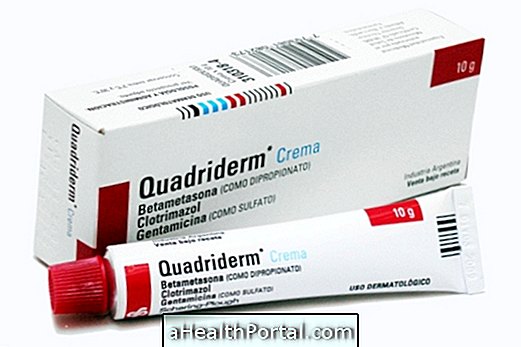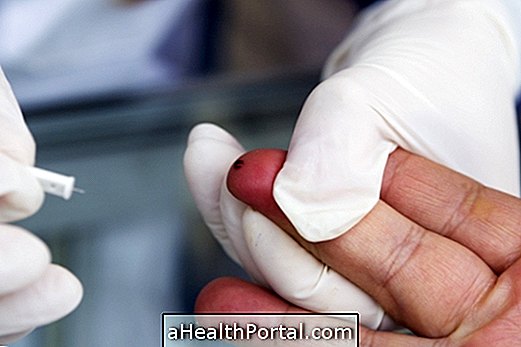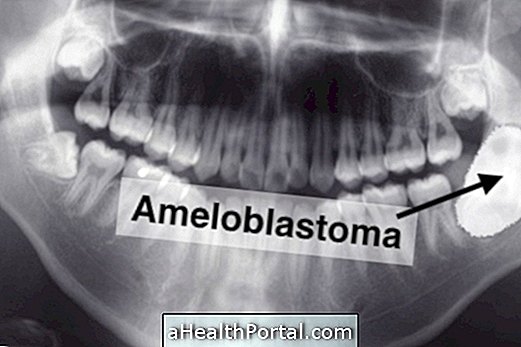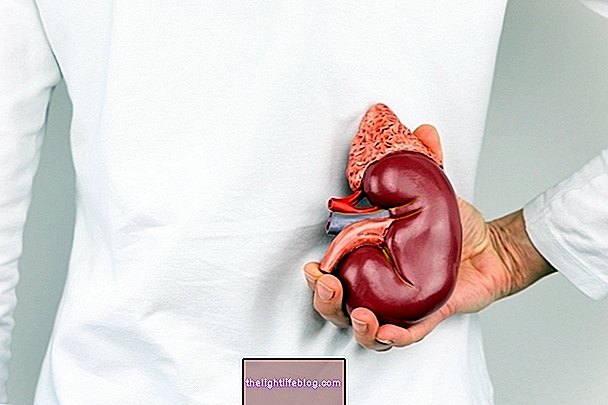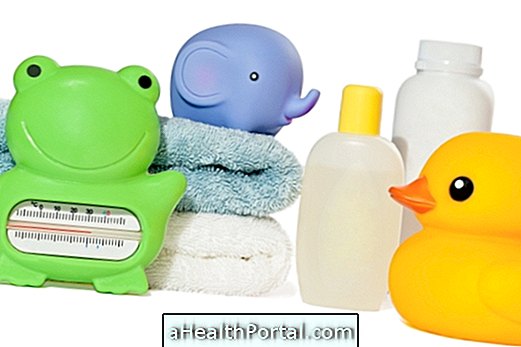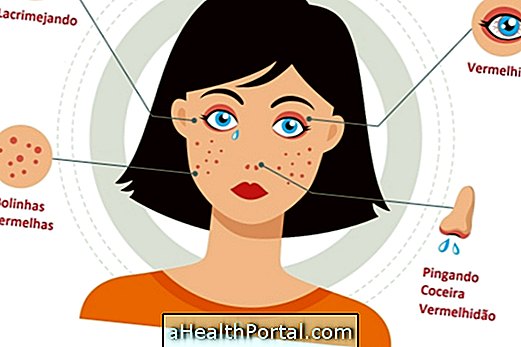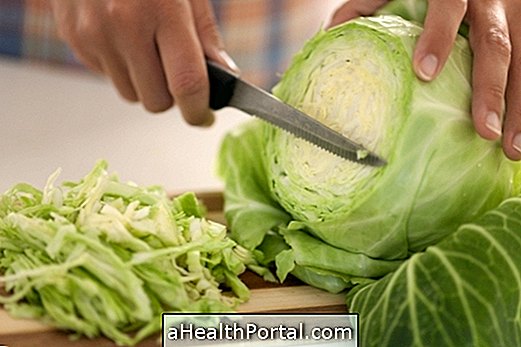There are several types of eye drops and their indication will also depend on the type of conjunctivitis that the person has, because there is a more appropriate eye drops for each situation.
Conjunctivitis is an inflammation in the eyes that leaves them quite irritated and can be caused by viruses or bacteria or happen as a consequence of an allergy, are viral, bacterial and allergic conjunctivitis. Learn how to identify types of conjunctivitis.
Treatment is established according to the cause of conjunctivitis and should be done according to medical advice, as dripping the wrong eye drops can lead to worsening conjunctivitis, leading to keratitis and even worsening of vision.
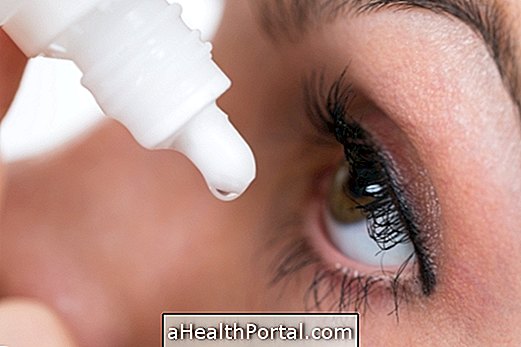
Eye drops options for conjunctivitis
The ophthalmologist should always indicate the best eye drops for each cause of conjunctivitis. In allergic conjunctivitis it is usually indicated to use anti-allergic drops and with antihistaminic properties. This type of conjunctivitis is not transmissible, it is more common and usually strikes both eyes. Already the viral infection is usually treated with lubricating drops, whereas the bacterial one is treated with eye drops that have in its composition antibiotics.
The eye drops that are usually used include:
| Viral conjunctivitis | Bacterial conjunctivitis | Allergic conjunctivitis |
|---|---|---|
|
Mourning | Maxitrol | Ketotifen (Zaditen) |
| Dunason | Tobradex | Decadron |
| Refresh | Dexafenicol | Mourning |
Lacribell | Biamotil | Lacrima Plus |
| Lacril | Vixmicina |
In addition to the use of eye drops, it is important to clean and dry the eyes, wash with sterile saline, wear disposable tissues to clean the eyes and keep the hands always washed. Find out what other remedies are for conjunctivitis.
How to correctly place eye drops
To use eye drops correctly and ensure a faster recovery from conjunctivitis,
- Wash hands with soap and warm water;
- Lie or lift your chin and look at the ceiling;
- Pull the lower eyelid of one eye;
- Drip a drop of eye drops into the inner corner of the eye or into the lower eyelid;
- Close the eye and turn with the eyelid closed;
- Repeat the same steps for the other eye.
If your ophthalmologist has recommended the use of an ointment along with eye drops, it is important to first dab the eye drops and then wait 5 minutes before putting the ointment into your eye. The ointment may be used in the same way as eye drops, but should always be applied to the inside of the lower eyelid.
After placing the eye drops or ointment, keep the eye closed for another 2 or 3 minutes to ensure the medication is spread throughout the eye.

